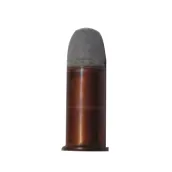.38 Supervs38 AMU
Head to Head Comparison



0%
Critic Rating
0 Reviews
Critic Rating
2 Reviews

0%
User Rating
0 Reviews
User Rating
2 Reviews

0%
Critic Rating
0 Reviews
Critic Rating
2 Reviews

0%
User Rating
0 Reviews
User Rating
2 Reviews
Gun Specifications
Specification
.38 Super
38 AMU
.38 Super Best Deals
38 AMU Best Deals
Suggested Comparisons
vs
vs
vs
vs
vs
vs
vs
vs
vs